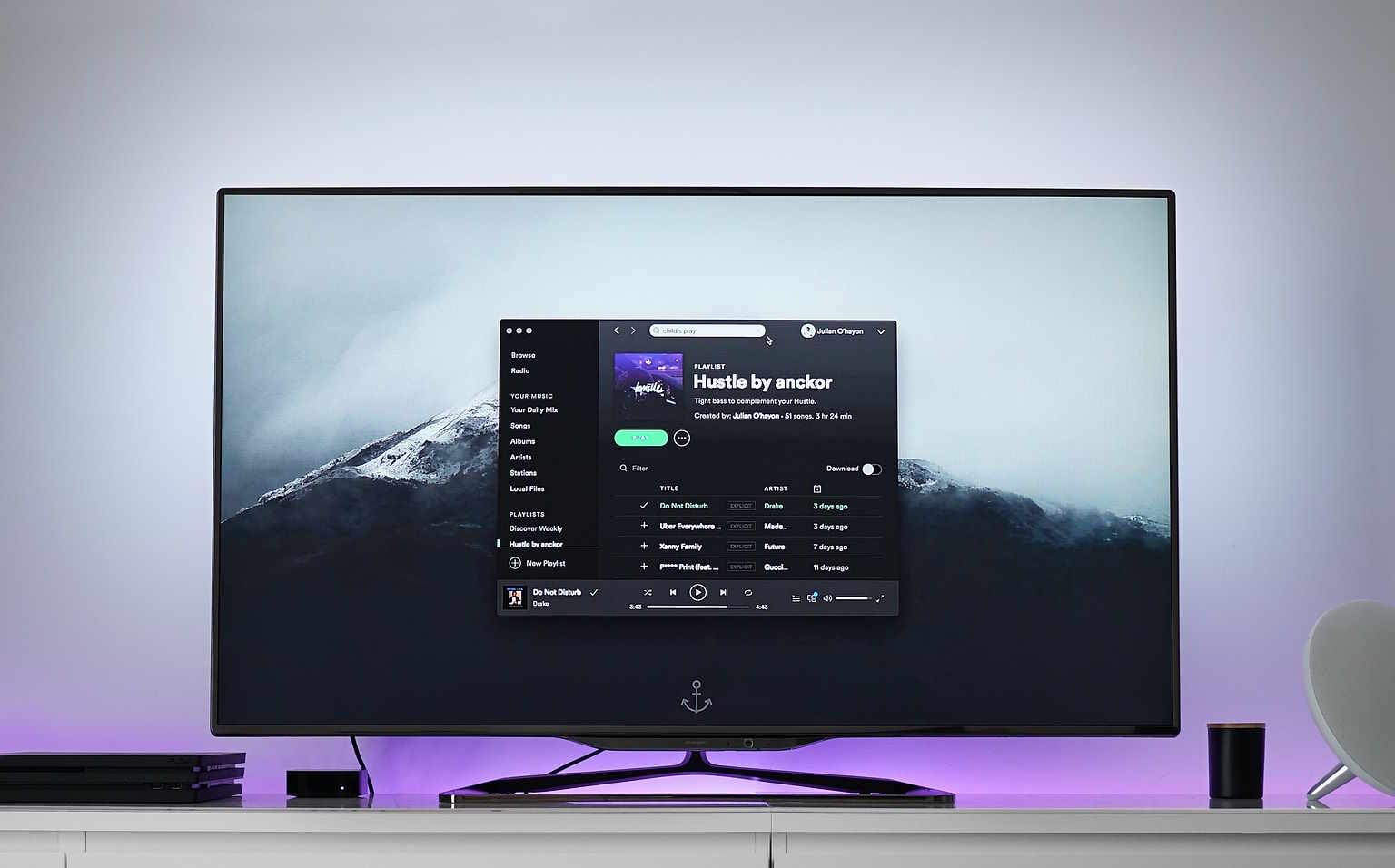Smart TVs 2025: Global Trends in Intelligent Entertainment and Connected Living
The smart television landscape is experiencing unprecedented transformation as we move through 2025. Connected entertainment systems are reshaping how households worldwide consume media, manage their digital lives, and interact with technology. From artificial intelligence integration to seamless home automation connectivity, modern smart televisions have evolved far beyond traditional viewing devices into comprehensive entertainment and lifestyle hubs that define contemporary living spaces.
Smart televisions have fundamentally transformed from simple display devices into sophisticated entertainment ecosystems that serve as central command centers for modern homes. The integration of advanced processors, artificial intelligence capabilities, and extensive connectivity options has created a new category of home technology that extends far beyond traditional broadcasting.
Why Smart TVs Are Rising Worldwide
The global adoption of intelligent television systems stems from several converging technological and social factors. Internet penetration rates have reached critical mass in most developed markets, while streaming services have become the primary content consumption method for millions of households. Manufacturing costs have decreased significantly, making advanced features accessible to broader consumer segments. Additionally, the pandemic accelerated digital entertainment adoption, creating lasting behavioral changes that favor connected viewing experiences.
Consumer expectations have shifted toward integrated experiences where entertainment, communication, and home management converge on single platforms. Smart televisions now offer voice control, personalized content recommendations, and seamless integration with smartphones and other connected devices, creating comprehensive digital ecosystems that traditional televisions cannot match.
Smart Innovations Defining 2025’s Television Era
Current television technology showcases remarkable advances in both hardware and software capabilities. Artificial intelligence processors enable real-time content optimization, automatically adjusting picture quality, sound settings, and even content suggestions based on viewing patterns and environmental conditions. Advanced upscaling technologies can transform lower-resolution content into near-4K quality, while quantum dot and OLED display technologies deliver unprecedented color accuracy and contrast ratios.
Voice recognition systems have become more sophisticated, supporting natural language processing that allows users to control not just their televisions but entire smart home networks through conversational commands. Cloud gaming integration eliminates the need for dedicated gaming consoles, while advanced audio processing creates immersive soundscapes without external speaker systems.
Choosing the Right Smart TV for Modern Living
Selecting appropriate smart television technology requires careful consideration of several key factors. Screen size should align with viewing distance and room dimensions, while display technology choices between QLED, OLED, and traditional LED affect both picture quality and long-term durability. Processing power determines how smoothly applications run and how quickly the system responds to commands.
Operating system selection significantly impacts user experience, with different platforms offering varying app selections, interface designs, and integration capabilities. Connectivity options including HDMI ports, USB connections, and wireless standards determine compatibility with existing devices and future expansion possibilities. Energy efficiency ratings affect long-term operating costs, while warranty coverage and manufacturer support influence total ownership experience.
Global Smart TV Market Overview (2025)
The worldwide smart television market has reached unprecedented scale, with shipments exceeding traditional television sales in most developed regions. Asian manufacturers continue to dominate production, while content partnerships between television manufacturers and streaming services create integrated experiences that drive consumer adoption.
Emerging markets show particularly strong growth as internet infrastructure improves and local content becomes available through streaming platforms. Premium segment growth reflects consumer willingness to invest in advanced features, while mid-range offerings provide sophisticated capabilities at accessible price points.
| Screen Size | Technology Type | Price Range | Key Features |
|---|---|---|---|
| 43-50 inches | LED Smart TV | $300-600 | Basic apps, WiFi, voice remote |
| 55-65 inches | QLED Smart TV | $600-1200 | Enhanced colors, gaming mode, AI upscaling |
| 65-75 inches | OLED Smart TV | $1200-2500 | Perfect blacks, premium audio, advanced AI |
| 75+ inches | Premium QLED/OLED | $2500-5000+ | 8K resolution, advanced gaming, smart home hub |
Prices, rates, or cost estimates mentioned in this article are based on the latest available information but may change over time. Independent research is advised before making financial decisions.
Smart TVs and the Future of Connected Homes
Intelligent television systems are becoming central hubs for comprehensive home automation networks. Integration with security systems, lighting controls, climate management, and kitchen appliances creates unified control interfaces that simplify daily routines. Advanced models can display security camera feeds, control smart door locks, and manage energy consumption across connected devices.
Future developments point toward even deeper integration with artificial intelligence assistants, augmented reality overlays, and health monitoring systems. Television displays may eventually serve as digital windows, video conferencing centers, and interactive fitness platforms, fundamentally changing how we conceptualize entertainment spaces within our homes.
The evolution of smart television technology represents a broader shift toward connected living environments where entertainment, communication, productivity, and home management converge into seamless digital experiences. As these systems continue advancing, they will likely become even more integral to daily life, serving as the primary interface between households and the expanding world of connected technology.





